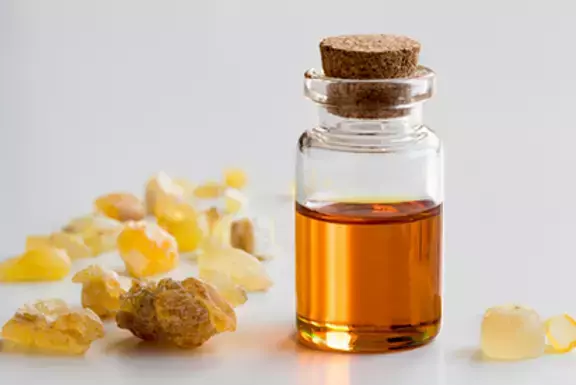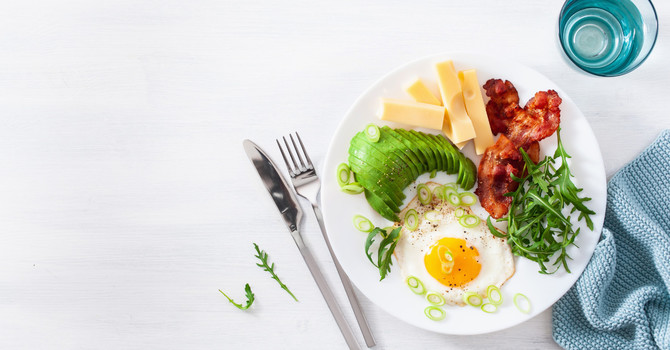In Traditional Chinese Medicine (TCM), Frankincense (known as Boswellia or Ru Xiang, in Chinese) is viewed as an herb with warming, calming, and pain-relieving properties. It has been used for centuries in TCM to support physical, emotional, and spiritual well-being. Here’s a breakdown of how TCM perceives Frankincense:
Properties in TCM:
- Taste: Bitter, pungent
- Nature: Warm
- Meridians: Primarily affects the Liver, Spleen, and Kidneys
Functions in TCM:
-
Move Qi and Blood: Frankincense is considered to have the ability to move Qi (life force) and Blood, which makes it effective in treating conditions where blood stagnation is a concern. It is commonly used in cases of pain caused by stagnated Qi or blood, such as joint pain, arthritis, or muscle soreness.
-
Relieve Pain: One of the primary uses of Frankincense in TCM is its ability to dispel stagnation and alleviate pain. It is often used to address both acute and chronic pain, particularly in the joints, muscles, and bones. It is especially useful for conditions like rheumatism, arthritis, and stiffness.
-
Promote Healing and Reduce Swelling: Frankincense has anti-inflammatory properties, which help reduce swelling and promote the healing of injuries. In TCM, it’s used to treat swelling, inflammation, and soft tissue injuries, helping to speed up recovery.
-
Calm the Mind and Spirit: Frankincense is considered a calming herb in TCM, particularly for soothing the mind. It is believed to help in cases of anxiety, insomnia, and emotional turmoil by calming the spirit (Shen) and allowing the mind to rest. This is why Frankincense is often incorporated in practices like meditation or spiritual rituals.
-
Promote Digestion: Frankincense has been used in TCM for its ability to aid digestion and move stagnant Qi in the abdomen. It can be helpful for individuals with digestive issues like bloating, constipation, or poor appetite.
-
Tonifying and Strengthening: While it is not as common as other herbs in this capacity, Frankincense is believed to have some tonifying effects on the Kidneys, Spleen, and Liver. This makes it suitable for supporting digestive function, improving blood circulation, and nourishing energy in the body.
-
Respiratory Support: Frankincense is thought to have a clearing and purifying effect on the respiratory system. It is sometimes used in TCM to help treat cough, asthma, and bronchitis by clearing heat from the lungs.
Common Uses in TCM Formulas:
- Pain management: Frankincense is often used in formulas designed to relieve muscular, joint or bone pain.
- Emotional well-being: It is used to help alleviate stress, nervousness, or depression by calming the Shen and promoting mental clarity.
- Circulatory issues: It may be used to move blood and improve circulation, especially in individuals with poor circulation or chronic pain.
Contraindications and Caution:
- Frankincense should be used with caution in those with excessive heat in the body or deficient Yin, as its warming nature could exacerbate these conditions.
- It is not recommended for individuals who are pregnant or have certain types of internal bleeding without the guidance of a trained practitioner.
In Traditional Chinese Medicine (TCM), Frankincense (Ru Xiang) is often used in conjunction with specific acupuncture points to enhance its therapeutic effects, especially for pain, inflammation, emotional well-being, and Qi and Blood circulation. Here are some acupuncture points that work well with Frankincense in treatment:
1. LI 4 (Hegu) - Large Intestine 4
- Location: On the dorsum of the hand, between the first and second metacarpal bones, in the webbing.
- Benefits: Known as the "command point" for pain relief and releasing stagnant Qi. It is often used for treating headaches, muscle pain, stress, and emotional tension, making it an ideal partner with Frankincense, which helps move Qi and relieve pain.
2. SP 6 (Sanyinjiao) - Spleen 6
- Location: About 3 inches above the medial malleolus (ankle bone), on the inside of the lower leg.
- Benefits: This point is a key point for moving Blood, nourishing Yin, and promoting digestion. It is often used for treating gastrointestinal issues, emotional stagnation, menstrual problems, and fatigue. Frankincense's ability to support Blood circulation and alleviate emotional blockages makes it complementary to this point.
3. LV 3 (Taichong) - Liver 3
- Location: On the top of the foot, in the depression between the first and second metatarsals.
- Benefits: Known for moving Liver Qi, LV 3 is frequently used to treat stress, irritability, and pain from Qi stagnation. Frankincense works in a similar way by helping to move Qi and relieve pain, especially when Qi stagnation is a contributing factor.
4. KD 3 (Taixi) - Kidney 3
- Location: In the depression between the medial malleolus (ankle bone) and the Achilles tendon.
- Benefits: This point tonifies the Kidney Qi and Yin, helping with fatigue, lower back pain, and weakness. Frankincense is believed to support the Kidneys by tonifying energy and helping to alleviate pain and inflammation in the lower back, making this point a useful addition to treatment.
5. ST 36 (Zusanli) - Stomach 36
- Location: About 4 finger-widths below the knee cap, on the lateral side of the tibia.
- Benefits: A classic point for strengthening the digestive system, boosting energy, and improving immune function. Frankincense's ability to support digestion and move stagnated energy makes it an ideal complement to ST 36 for treating digestive issues, fatigue, and poor appetite.
6. GB 34 (Yanglingquan) - Gallbladder 34
- Location: Below the knee, on the outer side of the leg, in the depression in front of the head of the fibula.
- Benefits: Known for relieving pain, stagnation, and muscle tension, GB 34 is effective for treating joint pain, muscle spasms, and arthritis. Frankincense helps relieve pain and inflammation, particularly when there is Qi or Blood stagnation in the muscles or joints, making it a great point to use in conjunction with Frankincense.
7. CV 17 (Shanzhong) - Conception Vessel 17
- Location: In the center of the chest, at the level of the 4th intercostal space.
- Benefits: This point is crucial for emotional well-being and calming the spirit (Shen). It is often used for anxiety, depression, and stress-related conditions. Since Frankincense is known to calm the mind and soothe emotional tension, it pairs well with CV 17 to promote emotional balance and clarity.
8. UB 40 (Weizhong) - Urinary Bladder 40
- Location: In the center of the popliteal fossa (behind the knee).
- Benefits: Often used to treat back pain, muscle soreness, and inflammation, UB 40 is highly effective for addressing musculoskeletal pain and stagnation. Frankincense’s ability to ease pain and promote healing can enhance the effectiveness of this point in addressing back pain or muscle tightness.
9. Ren 12 (Zhongwan) - Conception Vessel 12
- Location: Midline of the abdomen, 4 fingers above the navel.
- Benefits: This point is an important one for promoting digestion and treating issues like nausea, bloating, and gas. Frankincense helps to move Qi and support digestive function, which complements the actions of Ren 12 in treating digestive conditions.
10. HT 7 (Shenmen) - Heart 7
- Location: On the wrist crease, on the ulnar side of the tendon.
- Benefits: Known as the “Shen (Spirit) Gate,” this point is used to calm the heart, ease anxiety, and improve sleep. Frankincense is beneficial for calming the spirit (Shen) and can be used alongside HT 7 to address emotional health and insomnia.






